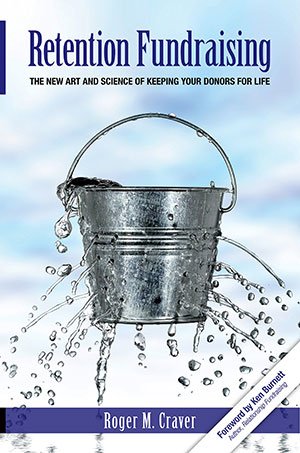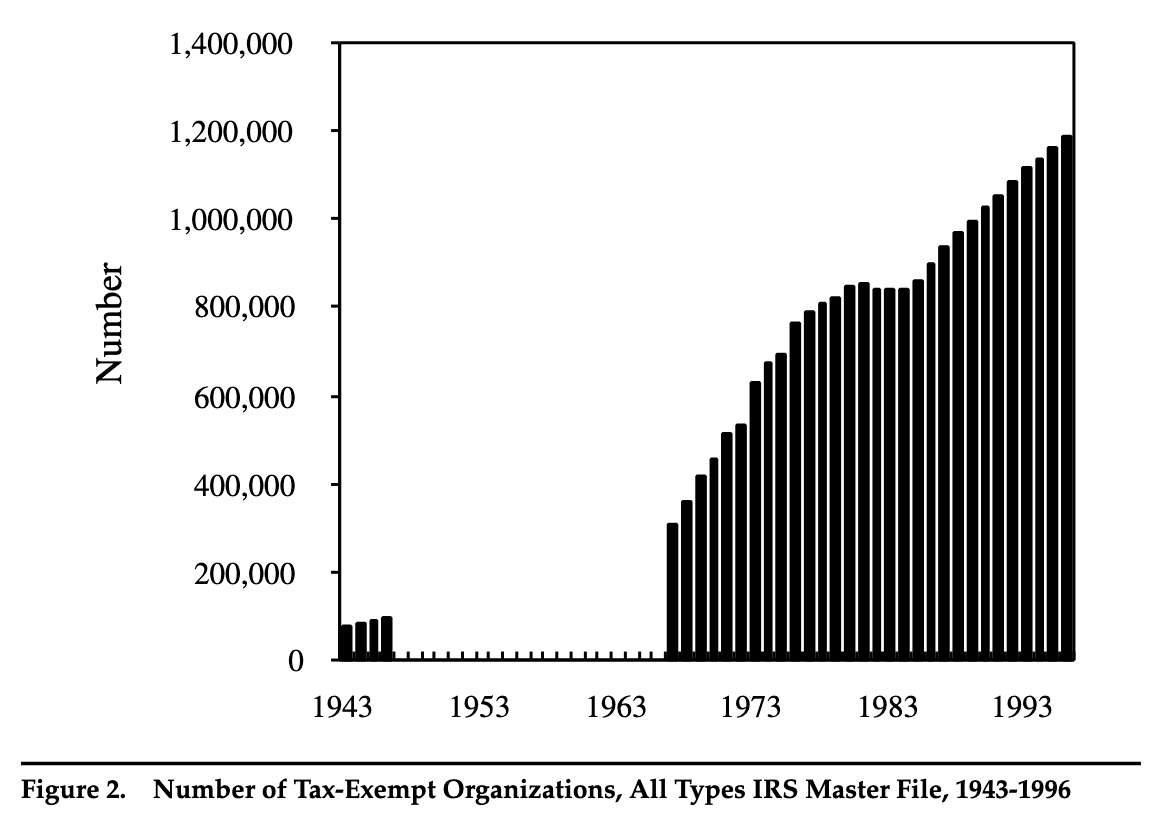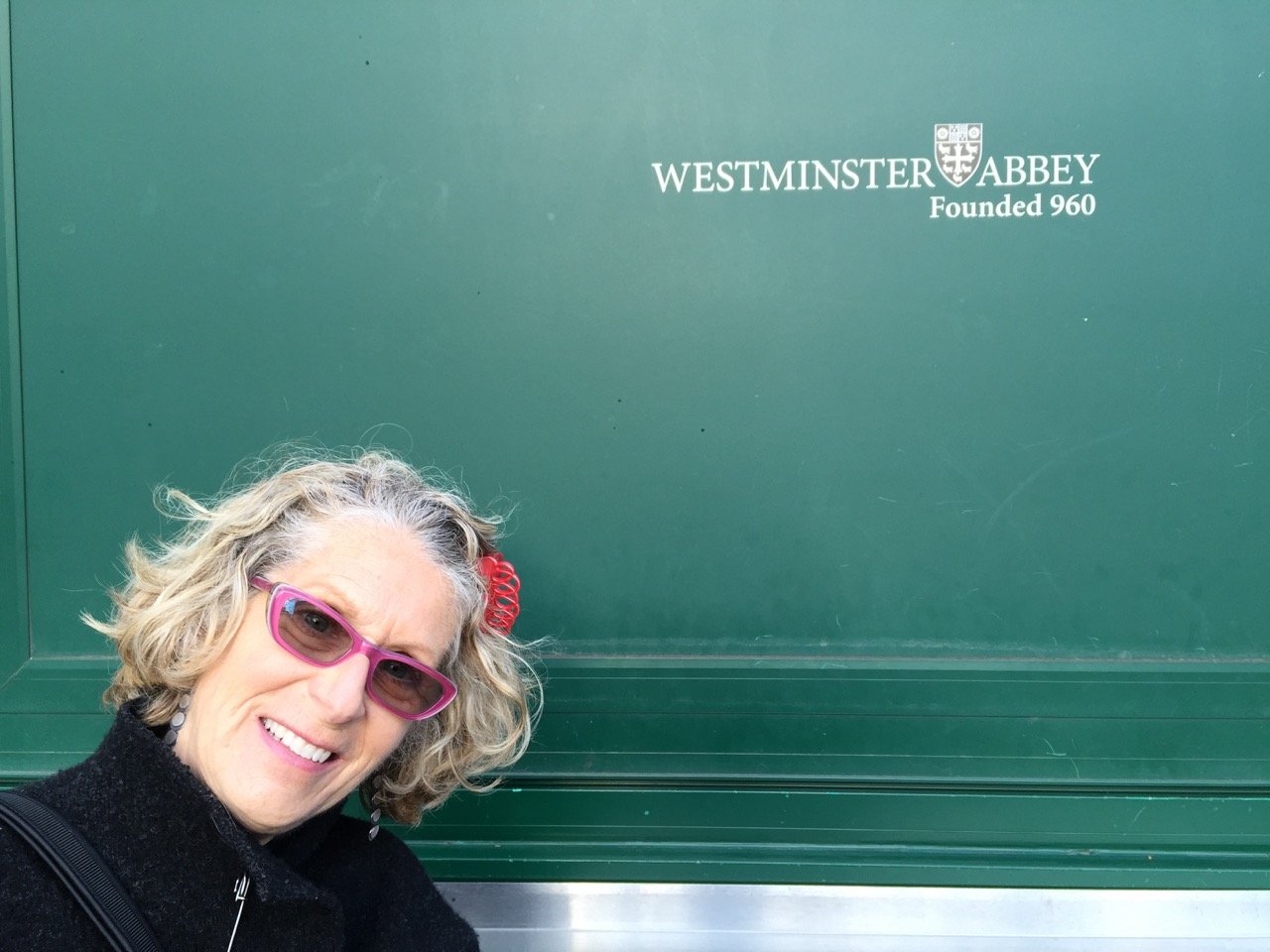Is Mass Fundraising Extinct?
For the past 10 years The Agitator has sought to put meat on the jargon-ridden bones of the Donor-Centric skeleton. That’s why we dwell so much on essential vertebrae of donor-centricity such as Donor Identity, Donor Psychology and Personality to name a few.
Although this detail is essential in becoming truly donor-centric, it’s important to understand the origins of the term…why it’s so important and why, to this day, so many fundraisers simply ignore so many of its essential ingredients.
Enter Tom Ahern. Since our inception 15 years Tom has been an avid Agitator reader. Often praising, sometimes poking and prodding us. So, I was delighted to read the latest issue of Tom’s newsletter where he examines the roots and development of the donor-centric concept.
But, I’ll let him tell it in his own words. The following is reprinted verbatim from Tom’s Newsletter. I urge you to subscribe to this newsletter. Not only is it free, most importantly it’s jam-packed with goodies that will enhance your work and your bottom line.
Roger
Is mass fundraising extinct?
NOTABLY RE-QUOTABLE

“Concentrating on the basics of donor care is hard work. As such, it’s easy to avoid — and besides, it’s a lot more fun to divert our attention to the new and shiny — particularly one that comes as an app on a smartphone. We constantly need to remind ourselves that we’re here to serve the donor — the driving engine of good works.” Be patient with yourself. “[Donor] retention requires time to analyze and measure. Time to understand individual donors’ identities, personalities and preferences. Time to tailor messages and improve donor experiences. Time to test and evaluate improvements. A lot more time compared to the very short term tactics and measurements involved in acquisition.” — from Retention Fundraising by Roger Craver
File under:
“Those who cannot remember the past are condemned to repeat it.” — philosopher George Santayana (1863–1952). Goes double for those who didn’t bother to understand the past in the first place.
On this, the 30th anniversary of Ken Burnett’s industry-changing book, I’d like to share with you (my beloved subscribers), a personal “from the copywriting trenches,” casually fact-checked history of donor-centricity’s roots
“The more you mail, the more you make.” True/false?
Where to start? How about this:
Thirty years ago, there wasn’t a fundraiser on earth who used the term “donor centricity.”
 Not one. There were rumblings about something similar though. Ken Burnett’s 1992 book called it “Relationship Fundraising.”
Not one. There were rumblings about something similar though. Ken Burnett’s 1992 book called it “Relationship Fundraising.”
One of Ken’s core principles? “See your donors as partners in a common aim. Enable them to feel a sense of co-ownership.” Maybe the most important word in that statement, for donor communications nerds like you and me?
“Feel.”
As I heard Dr. Adrian Sargeant gleefully shout in 2020, to a masterclass hunkered down in a lodge on the shores of Loch Ness, just oblivious weeks before the World Health Organization declared today’s miserable pandemic:
“Gotcha! I made you FEEL something.”
We’d just looked at something on screen. It was a typical nonprofit appeal, telling a sad story. We’d all gone, “Ooooooh. Aaaaah. Bad!” And now Adrian was pointing out that MAKING an audience FEEL SOMETHING was the main, most lucrative goal of ALL donor communications … based on almost two decades of research by him, Dr. Jen Shang and others connected to the Institute for Sustainable Philanthropy.
——
What Ken Burnett implored (ahead of his time)
In 1992 I was still a commercial marketer. I sold without shame [since, like you, I had bills] everything from hurricane-proof industrial roof membranes to government-enriching online lotteries to disability insurance (yes, that last item is remarked on in Dante’s 8th circle of Hell).
Still, at the suggestion of Simone Joyaux — my true, dear, ethical, beloved wife — I’d started boning up on fundraising, preparing to switch career horses.
THIS was my newbie takeaway from Ken’s mood-altering book:
Treat your donors as people with dignity and valid — in fact, tender — emotional needs. DON’T treat them as just an endless passing parade of purses you might potentially pick.*
Giving to charity was once a lovely, personal choice: a way to contribute to your world, your times, your community. It was a decent way to express empathy and (you hoped!) ease the obvious suffering of others.
It was human and sweet and modestly cheerful and uplifting at some level. Neighborly. Globally so, for some causes. For many donors, it mattered because your faith said it mattered.
Giving was also part of your everyday self-identity. Giving to a worthy cause or 5 or 10 was “what a good person does.” Ordinary people could participate in something that was bigger than themselves, something meaningful that was more a pleasure than a duty.
——
An industry cometh
By 1992, though, business-minded charities were clearly trending in a different direction, toward the relentless.
Fundraising had industrialized. It had machinery. Metrics. Analyses and analysts. At scale, with big names, it was now firmly a numbers game, best managed by specialists.
Did it matter if some donors were offended by the incessant ASKS battering their mailboxes … their doorbells (canvassing) … their walk to work (face-to-face) … their email in-boxes (as the Internet crawled into our beds)?
Not really … not to fundraising technicians … because there were always more people to be asked, more pockets to pick.
I wonder now, was this the same thinking that brought our planet to where it is today? A self-serving delusion of inexhaustibility that, for the sake of immediate gain, ignores consequences?
Yeah, probably. But not everyone was ignorant.
——
Ken again
In 1992, Ken Burnett was already a giant in direct-mail fundraising. He’d founded his firm in 1983 with copywriting legend  George Smith.
George Smith.
But Ken was also a futurist … and a troubled futurist at that.
He and George listened to their “customers” (donors). Burnett Associates spoke regularly to those who gave, seeking feedback. And those average donors were beginning to grumble. They were trending unhappy.

For decades, Simone Joyaux — my unique and observant Sim One — railed against “mere” fundraising “technicians.”
Don’t get me wrong: she respected them for what they COULD efficiently do. Technicians were good up to a point.
It was just that they were short-term effective … and long-term indifferent … and that WASN’T what was best for a nonprofit’s sustainability and financial health, she believed.
——
Ken’s forecast came true (dammit)
Which brings us back to Ken Burnett’s 1992 forecast: If all these well-tuned, geared-up fundraising technicians continued relentlessly to push on … IGNORING what Ken called “relationship fundraising,” later relabeled “donor centricity” … then donor-dependent charities were doomed to shrinking returns, he predicted.
Charities would end up lemmings, pursuing a false horizon, streaming over a fatal cliff, under a banner that read: “ever-greater expense, ever-smaller returns.”
So he foretold.
And so it has happened.
As CBS News reported on July 27, 2021:
“For the first time in nearly two decades, only half of U.S. households donated to a charity, according to a study released Tuesday. The findings confirm a trend worrying experts: Donations [in total] to charitable causes are reaching record highs, but the giving is done by a smaller and smaller slice of the total American population. [emphasis added]
“The study, published every other year by Indiana University’s Lilly Family School of Philanthropy, comes from a survey that has been tracking the giving patterns of more than 9,000 households since 2000, when 66% of U.S. households donated to a charitable organization. That number dropped to 49.6% in 2018, the latest year with comprehensive figures from those households.”
I asked a mathematician to translate this data for me. She punched in the numbers. The dreaded result? The percentage of U.S. households giving to charity has dropped by one-quarter in less than 20 years … at the same time as the number of U.S. charities has exploded.
Merde.
Can this decline be reversed?
Locally, yes; absolutely. Speaking honestly, neighbor to neighbor, that WILL do the job … using the heart-on-sleeve, feeling- forward attitude baked into authentic donor-centered copywriting and fundraising behaviors.
forward attitude baked into authentic donor-centered copywriting and fundraising behaviors.
Here’s an example from 2021. This direct-mail appeal raised $100,000 in just a few weeks from nature-loving locals.
Localism is the new black.
Tom




Tom, (and Roger) I loved reading this blog reminding us of our roots and the long term trends that were so accurately predicted by Ken more than three decades ago. And surely much of what he warned us about has come true. But aren’t there larger societal trends that have caused the decline in numbers of households making donations? Just two mention two: the huge increases in income disparity? The accompanying rise in cynicism and lack of trust in our institutions, including our non profit organizations? I wonder if countries that have not seen these two trends are also experiencing a falling percentage of households giving to charity? I would guess not. Would be good if our great research universities could dig into this a bit deeper.
It’s not extinct… yet. But it will be fairly soon.
I’ve been tracking what I have labeled ‘Fundraising Climate Change’ for over a decade using my Fundraising Report Card data (thanks to over 10,000 users).
I’ll be presenting my findings in a webinar with that title this week (Thursday, Feb. 10 2022). It’s free and folks can register for it here: https://imarketsmart.com/fundraising-climate-change-feb2022/
I still remember reading Ken’s book a year after it was first published. In fact, it was practically engulfed in a single sitting by virtue of starting on a long flight from London to Chicago. (I simply could not put it down!)
This was during the years of leading eTapestry. I came back home imploring my team to build many of Ken’s ideas into later versions of the software. It literally fell on deaf ears among my team and when I asked numerous customers. Tradition is a stubborn mainstay for mindsets!
Years later when creating Bloomerang, I insisted that Ken’s, Tom’s, Simone’s, Roger’s and of course Adrian’s best practices for Donor Centricity and Donor Retention were built in. (Heck, for the most part until we released the product you had to drop multiple reports into a spreadsheet, run a pivot table and hop on one leg to find your current donor retention percentage in virtually all donor management systems!) Thankfully, being able to pull such a number as well as other key functions such as surveying your donors and improving communications are just a touch of a key or two now.
Thank you to all of my heroes and mentors listed above!
Wow Jay, that’s a fantastic accolade! I’m delighted to be included in that line up, and to think that you and your colleagues have adapted our ideas and built them into Bloomerang’s revolutionary software. It’s easy enough to dream of a new way of delivering a better donor experience, but it takes deep technical expertise to convert the dreams into reality. Thank you, you’ve made my day, Ken
[…] international fundraiser Richard Pordes posed in commenting on our post reprinting Tom Ahern’s Is Mass Fundraising Extinct? In Richard’s words: “But aren’t there larger societal trends that have caused the decline in […]